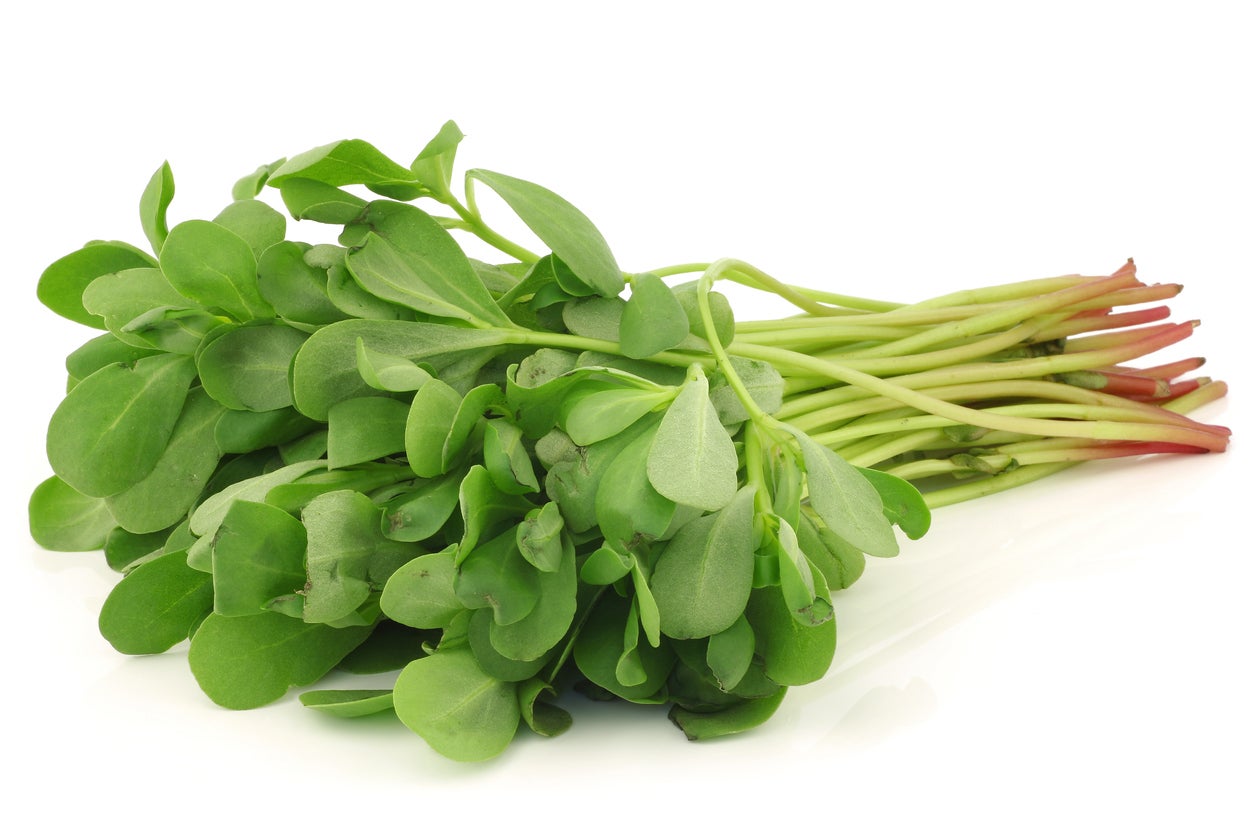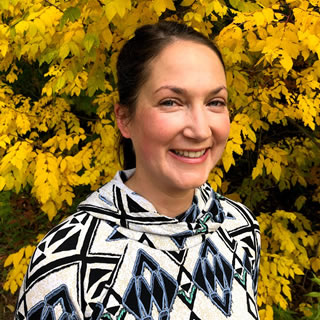Can You Eat Purslane – Tips For Using Edible Purslane Plants


Purslane is a weedy bane of many gardeners and yard perfectionists. Portulaca oleracea is tenacious, grows in a variety of soils, and regrows from seeds and fragments of stem. An important question for any gardener trying without success to eradicate this weed is, can you eat purslane?
Is Purslane Safe to Eat?
Purslane is a pretty tough weed. Native to India and the Middle East, this weed has spread throughout the world. It is a succulent, so you’ll see fleshy little leaves. The stems grow low to the ground, nearly flat, and the plant produces yellow flowers. Some people describe purslane as looking like a baby jade plant. It grows in a range of soils and most heartily in hot, sunny areas. A common spot to see it is in cracks in the sidewalk or driveway.
It may be tough and tenacious, but purslane is not just a weed; it is also edible. If you can’t beat it, eat it. This is a great philosophy to live by if you have tried to control purslane with limited success. There are even cultivated varieties of purslane, but if you already have it invading your garden, start there for a new culinary adventure.
How to Use Purslane in the Kitchen
Using edible purslane plants, you can generally treat them like any other leafy green in your recipes, particularly as a substitute for spinach or watercress. The flavor is mild to sweet and slightly acidic. Nutritionally purslane contains omega-3 fatty acids, iron, vitamin C, several B vitamins, calcium, magnesium, potassium, and high levels of vitamin A compared to other leafy greens.
The simplest way to enjoy purslane herbs in food is to eat it fresh and raw, any way you would spinach. Use it in salads, as greens in a sandwich, or as a green topping for tacos and soup. Purslane also stands up to some heat. When cooking with purslane, though, sauté gently; overcooking will make it slimy. You can even pickle purslane for a bright, peppery flavor.
If you do decide to eat purslane from your yard or garden, wash it very well first. Avoid using pesticides and herbicides in your yard before you harvest the succulent leaves of this tasty weed.
Disclaimer: The contents of this article are for educational and gardening purposes only. Before using or ingesting ANY herb or plant for medicinal purposes or otherwise, please consult a physician, medical herbalist, or other suitable professional for advice.
Gardening tips, videos, info and more delivered right to your inbox!
Sign up for the Gardening Know How newsletter today and receive a free copy of our e-book "How to Grow Delicious Tomatoes".

Mary Ellen Ellis has been gardening for over 20 years. With degrees in Chemistry and Biology, Mary Ellen's specialties are flowers, native plants, and herbs.
-
 5 Tough Urban Trees That Thrive In Cities – Top Picks For Urban & Suburban Landscapes
5 Tough Urban Trees That Thrive In Cities – Top Picks For Urban & Suburban LandscapesExplore the best urban trees that will add value to even the most challenging of landscapes. Get growing with these ideas and enjoy all the benefits of trees.
By Teo Spengler
-
 7 New & Improved Cultivars Of Old-Fashioned Plants – These Aren’t Your Grandma’s Plants!
7 New & Improved Cultivars Of Old-Fashioned Plants – These Aren’t Your Grandma’s Plants!Old is new again! These old-fashioned plants have new cultivars that are sure to thrive in your garden and bring the charm factor. Neighbors will be envious!
By Mary Ellen Ellis
